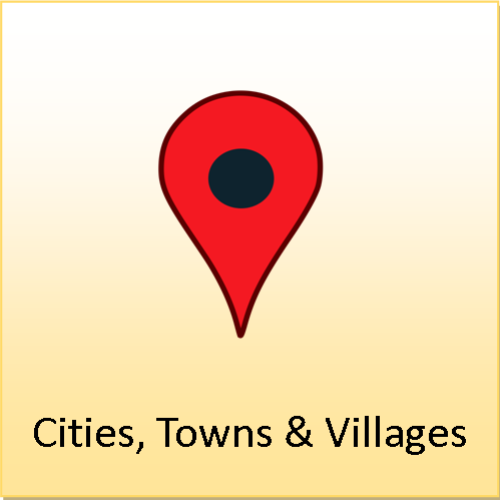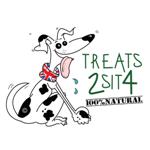Derbyshire
Country: England
Region: East Midlands
Established: Ancient
Area: 2,625 km2 (1,014 sq mi)
Population: 1,053,316
Largest Settlement: Derby
Derbyshire is a county in the East Midlands and borders Greater Manchester, West Yorkshire, and South Yorkshire to the north, Nottinghamshire to the east, Leicestershire to the south-east, Staffordshire to the south and west, and Cheshire to the west.
The county is famous for the mining of limestone, coal and lead. Although the mining has reduced there is still a large production of pottery today.
Although Derbyshire had settlements from prehistoric times, its name was not formed until 807AD when the Danes settled there. The name ‘Deor’ is from old norse meaning beast and ‘by’ meaning farmstead or settlement. ‘Shire’ meaning division of kingdom with its own governor.
There are many prehistoric remains in the county, including the important Paleolithic site at Creswell Crags and the early Bronze Age site Arbor Low, near Youlgreave, which consists of a large circle of almost flat stones.
The Romans built network of roads and forts in Derbyshire. They also built several settlements and a spa.
The Romans mined coal, limestone and large amounts of lead deposits found in the area. The lead was used for water pipes, jugs, bowls, plates, dishes, and mixing with tin to make pewter. They were able to develop a process to extract silver from the lead. This made it possible to produce silver products, and more importantly, silver coins. The limestone was used in the construction of buildings.
Lead mining was prevalent in the Peak District, being most active during the 18th century.
From 1850 lead mining declined. North Derbyshire still has remnants of the old lead mines, shaft heads, old levels and a few old mine buildings.
Pottery is still produced in Derbyshire , the two most famous pottery manufacturers are Royal Crown Derby which was founded in Derby in 1750 and Denby Pottery which was founded in Denby in 1809.
Other things Derbyshire is famous for now is tourism. Throughout Derbyshire there are a large number of prehistoric sites, historic castles, homes and other buildings of historic significance.




